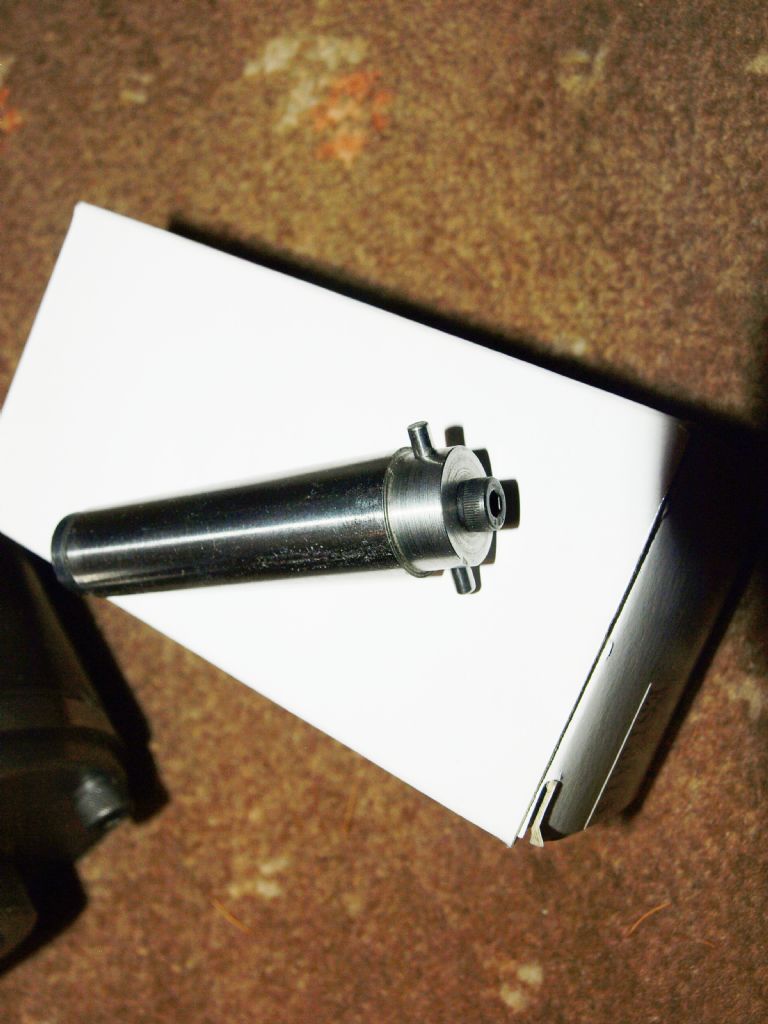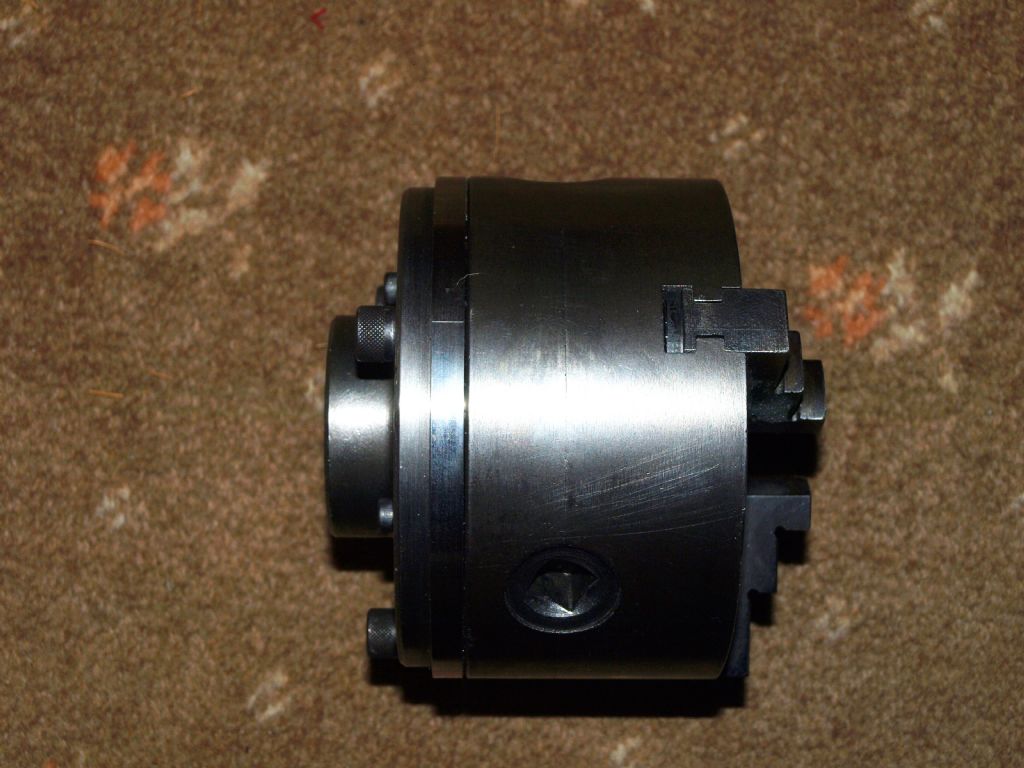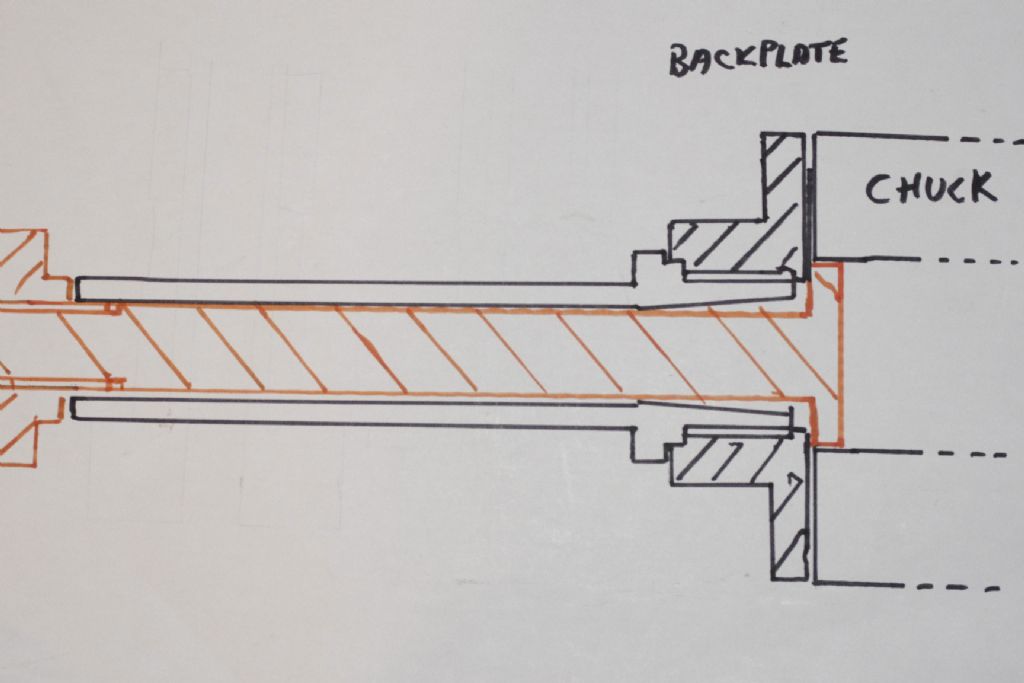Running a Myford in Reverse?
Running a Myford in Reverse?
- This topic has 39 replies, 26 voices, and was last updated 14 February 2021 at 15:36 by
old mart.
- Please log in to reply to this topic. Registering is free and easy using the links on the menu at the top of this page.
Latest Replies
Viewing 25 topics - 1 through 25 (of 25 total)
-
- Topic
- Voices
- Last Post
Viewing 25 topics - 1 through 25 (of 25 total)
Latest Issue
Newsletter Sign-up
Latest Replies
- smokeless cutting oil
- milling chuck
- Plain bearing speeds
- Isle of Man hobby engineer!
- “Your Sketch Is Not Closed,” says Alibre Atom, “So tough!”HERE?ERE?
- Bridgeport ways and wear
- How to balance a cup grinding wheel
- Boiler Design – issue 4765
- Trilever lathe
- 2 New Atom ??s: Changing Parts and Lost Planes,








